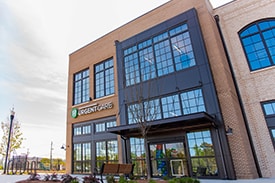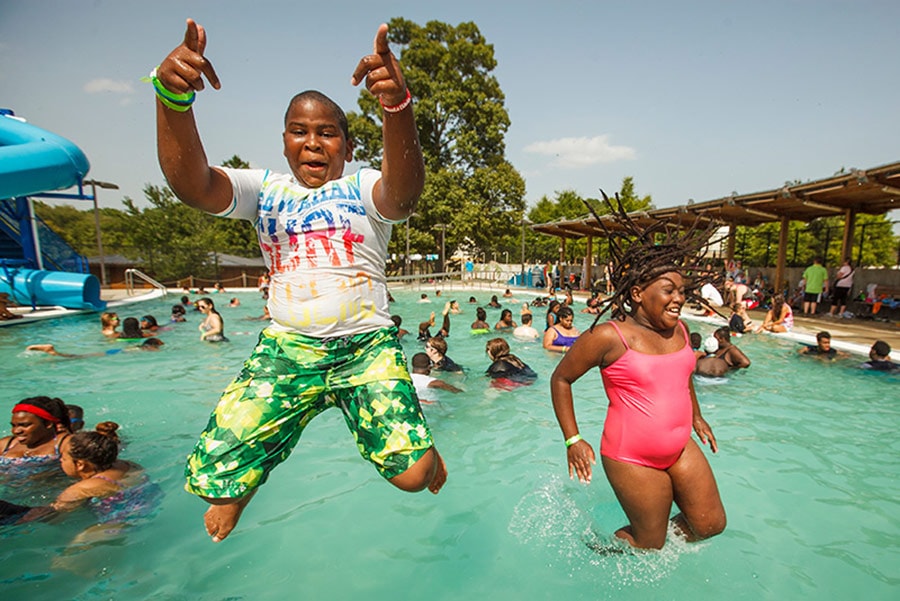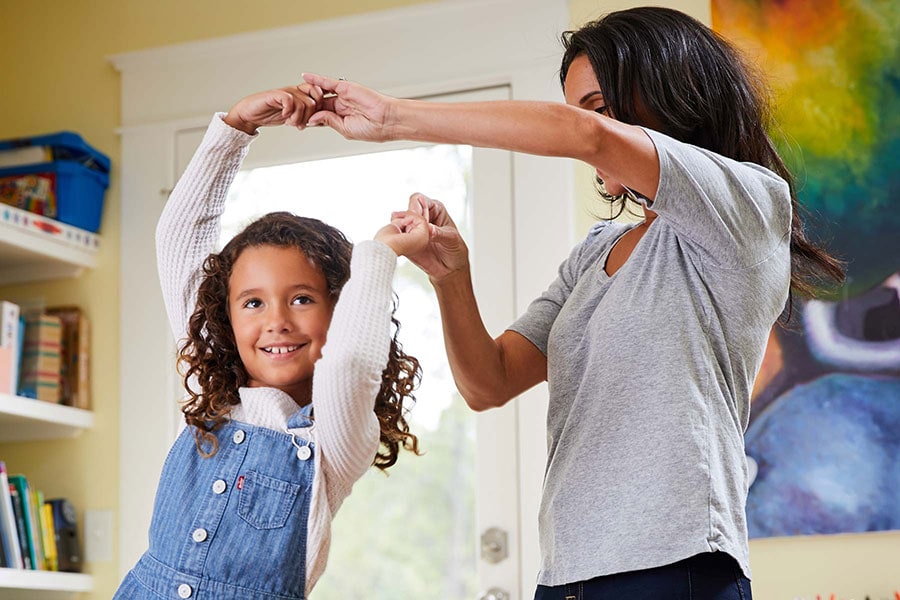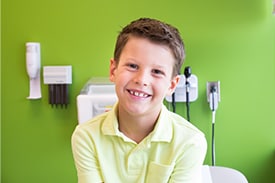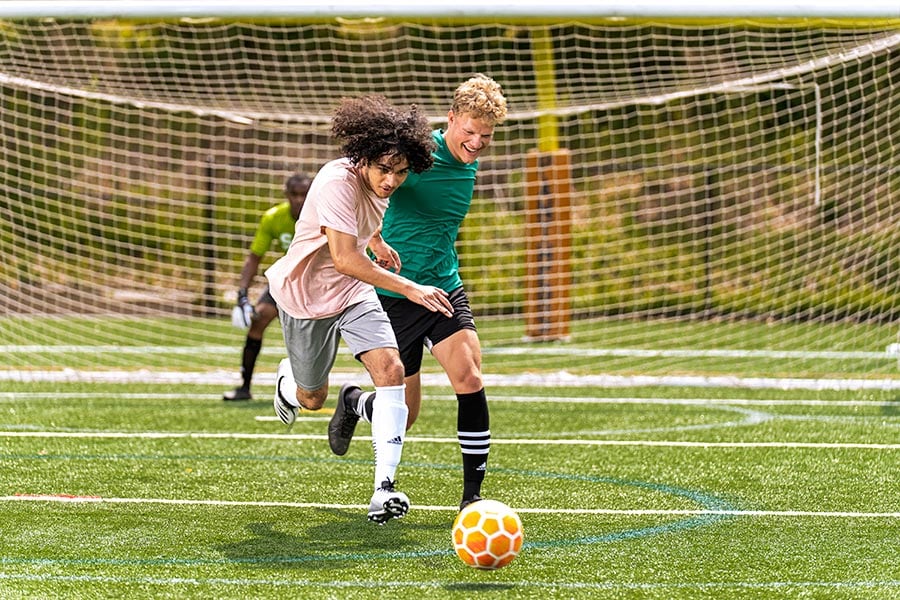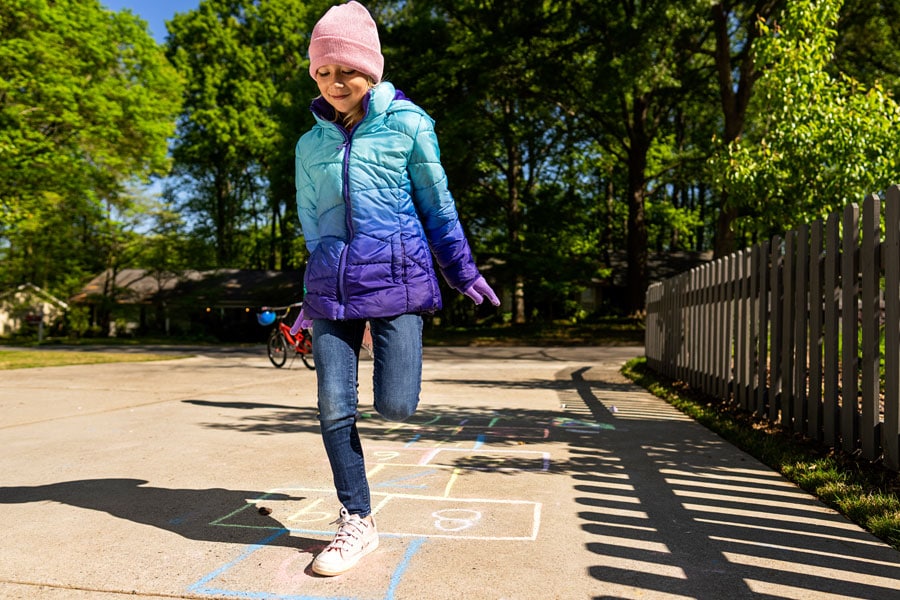Raising Kids Who Are Active for Life
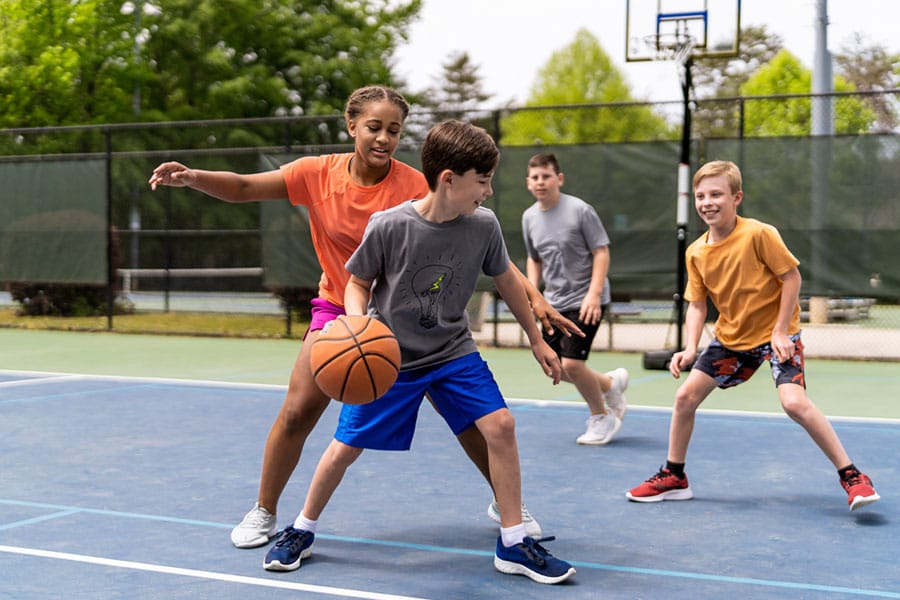
Moving our bodies is a key part of living an active lifestyle. But most kids aren’t getting the daily movement they need for healthy development. We understand there are a lot of things that get in the way of active time, but the truth is that movement is something kids need. Just like food, water and sleep.
But getting daily activity in shouldn’t be a chore. If our experts could offer caregivers only one tip about kids’ fitness, it’d be to make movement fun. Luckily, we’re not short on tips to get kids moving and keep them active, starting from birth all the way through the teen years. It all starts with understanding what movement for kids is—and what it isn’t.
In this article:
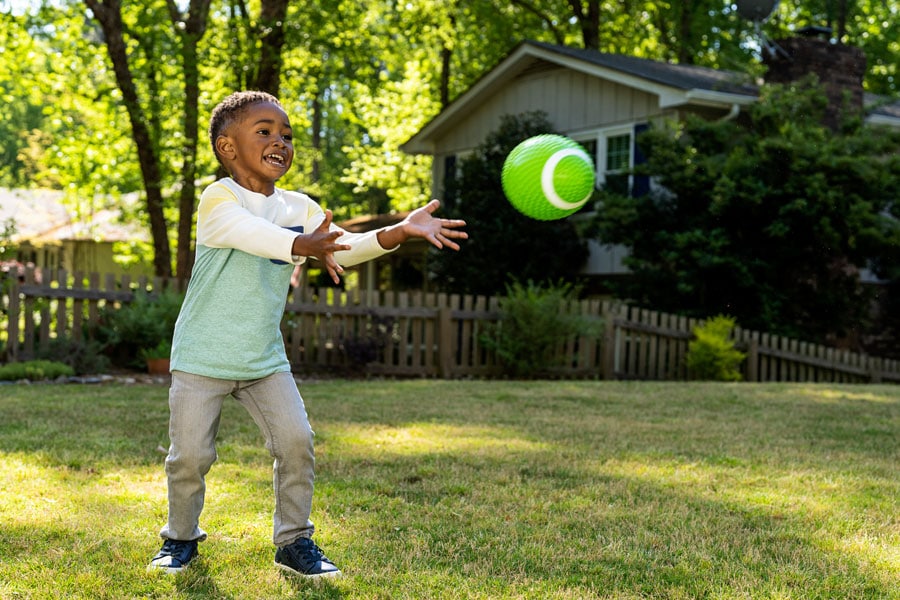
Reframing what we know about movement for kids
There are tons of barriers to activity for kids. We’re all busier than ever, there’s less time to be active at school and there’s always a screen to stare at. (Let’s face it—adults struggle with being active, too.)
But a great first step to get kids moving and keep kids active is to reframe what we know about movement. Here’s our take.
Movement is:
- A daily need for kids
- Enjoyable and fun
- A key part of developmental milestones
- Something that helps us feel and sleep better
- For everyone, and it looks different at every age
Movement isn’t:
- A privilege to be given or taken away as punishment
- Something we use to earn things (food or privileges)
- Exhausting or painful
- Only for older kids
- Only about exercising
- Always related to organized sports

What is the difference between exercise and physical activity?
In everyday conversation, we use words and phrases like “exercise” and “physical activity” interchangeably. But when it comes to developing a healthy relationship with movement in kids, it’s important to know the difference between exercise and physical activity.
Here's our take on these common kids’ fitness terms:
- Physical activity happens any time you move your body.
- Exercise is planned, structured, repeated bodily movement performed to improve fitness. It’s a type of physical activity. Examples of exercise include lifting weights, training for a sport or doing high-intensity interval training (HIIT).
- Play is also a type of physical activity. It’s any activity we do for fun rather than for a practical or serious reason. (Spoiler alert: play isn’t just for kids!)
Kids, especially babies, toddlers and young children, don’t need exercise. They need unstructured, active play.
When kids play, they learn to move their bodies because it’s fun and makes them feel good. Not because they’re working on their fitness. This positive relationship with activity can then set a healthy foundation for activity when they’re older.
To keep things simple, our favorite kids’ fitness word is movement. Whether it’s tummy time for little ones or riding bikes for older kids, it’s the movement they need for healthy development.
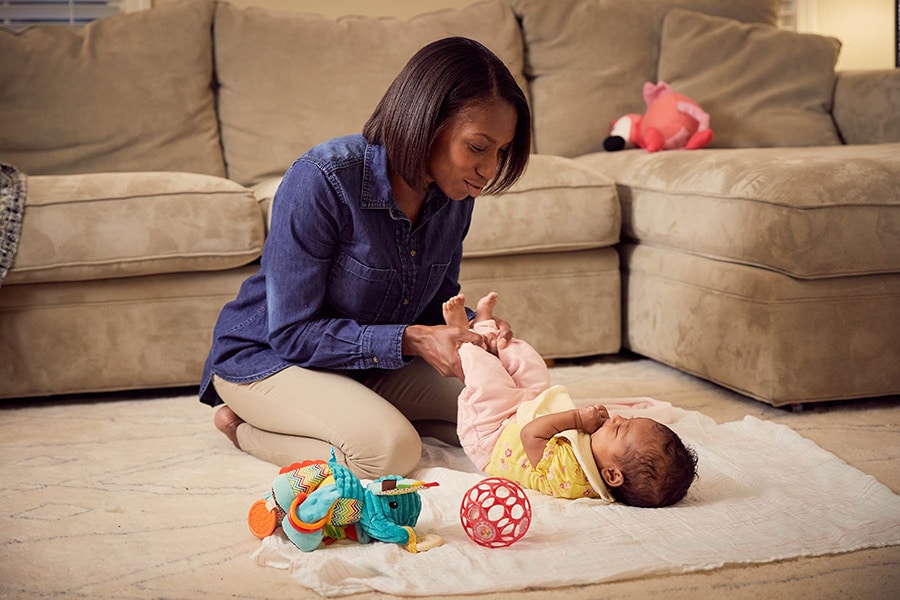
When should my child start being physically active?
As parents, our simple interactions and play with our infants lay the foundation for physical literacy. As they grow older, we should encourage our kids to participate in a wide variety of activities at a level consistent with their abilities and interests.
Through a combination of play and education, kids develop basic movement skills that allow them to engage in a variety of games and activities. Skills like balancing, running, jumping, throwing, lifting and swimming set the foundation for lifelong physical activity. Check out our experts’ tips for building physical activity at every milestone.
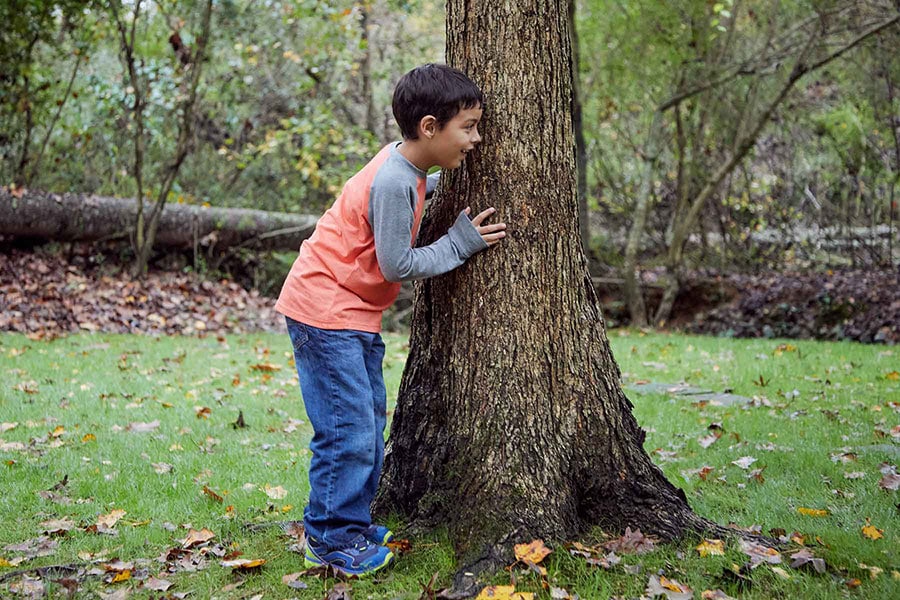
How do I motivate my child to be active?
Kids can find motivation to be active in two ways: from their own feelings of fun and enjoyment, and from other people’s reactions.
According to The Aspen Institute, 9 out of 10 kids say “fun” is the main reason they participate in activities. From hide-and-seek to playing on the playground, there is no shortage of fun your family can have while learning fundamental movement skills.
Praise, excitement and encouragement from parents are also important when kids are learning. What may seem simple—e.g., excitement and praise for hitting a ball off a tee—could mean the world to your child as they’re learning and trying different things.
From birth through adolescence, our experts have tips to motivate kids to get moving.
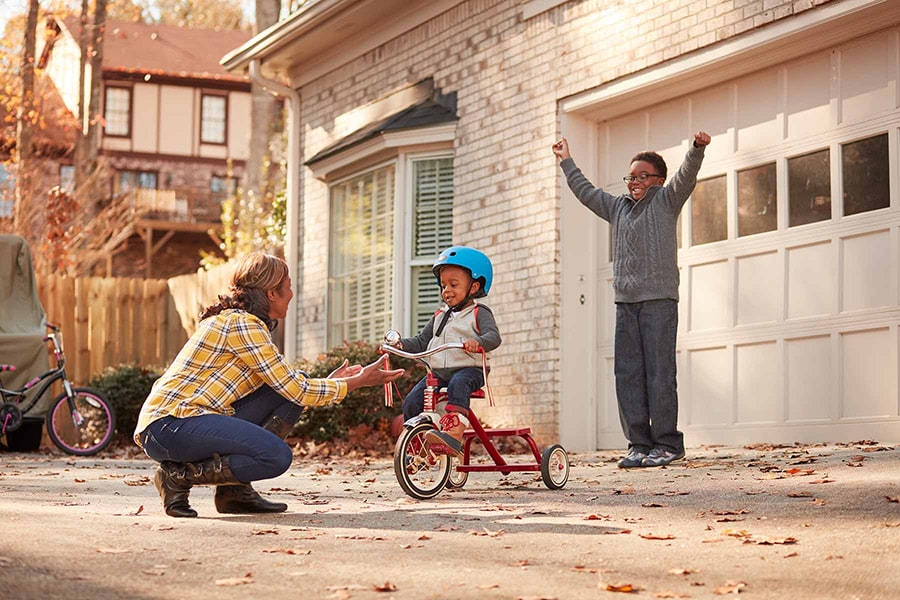
How do I help my child build the confidence they need to be active?
Building confidence in our kids to be active is key if we want them to stay active for life. In addition to ability and desire, kids’ confidence to enjoy physical activity is an important part of physical literacy. Once your child develops the skills to be active, having fun and feeling confident are important pieces of the puzzle to raise kids who are active for life.
Support from parents, coaches, teammates and peers throughout the development process plays a key role in building lifelong confidence. Try signing your child up for programs that welcome kids with different abilities and skill levels. Boosting kids’ confidence to get moving is easier than you may think. Get our expert tips for building confidence.
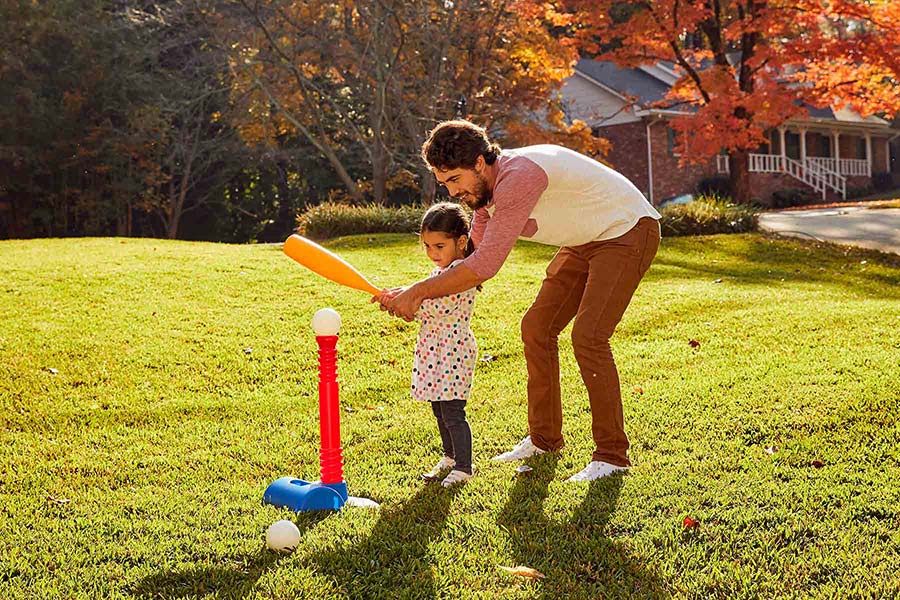
What are the benefits of teaching my child physical literacy practices?
Helping children develop physical literacy supports their emotional and physical well-being. The goal is for each child to find the best pathway for them to be active as they enter their teenage years. As parents, our role is to encourage, listen to and support our kids as they find that path.
While some will pursue competitive high school and even college sports, many kids will prefer less-structured activities. And through physical literacy these kids will have developed the skills and desire to enjoy a variety of sports throughout their lives, from cycling and rock climbing to soccer and basketball to swimming, biking and yoga.
Growing your child’s ability, desire and confidence to get moving is a vital step to achieving physical literacy. And each of these components builds upon one another to give kids the foundation to be active for life. Participation leads to ability, or the understanding of basic movement skills. Ability, in turn, leads to confidence, which reinforces their desire and motivation to get moving.
If kids learn about being active this way, they’re more likely to build a positive relationship with moving their bodies. And when they have that positive foundation, they’re more likely to continue an active lifestyle into adulthood.
